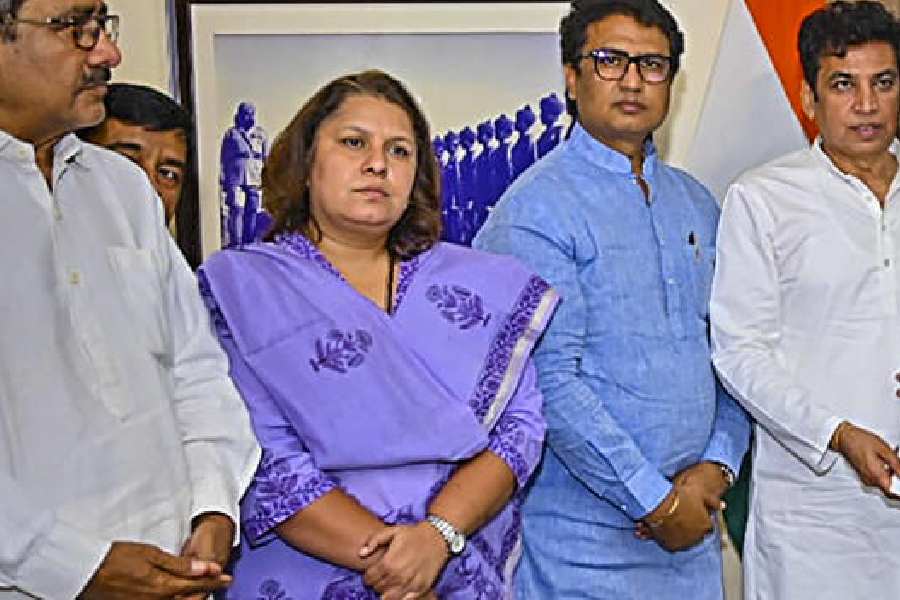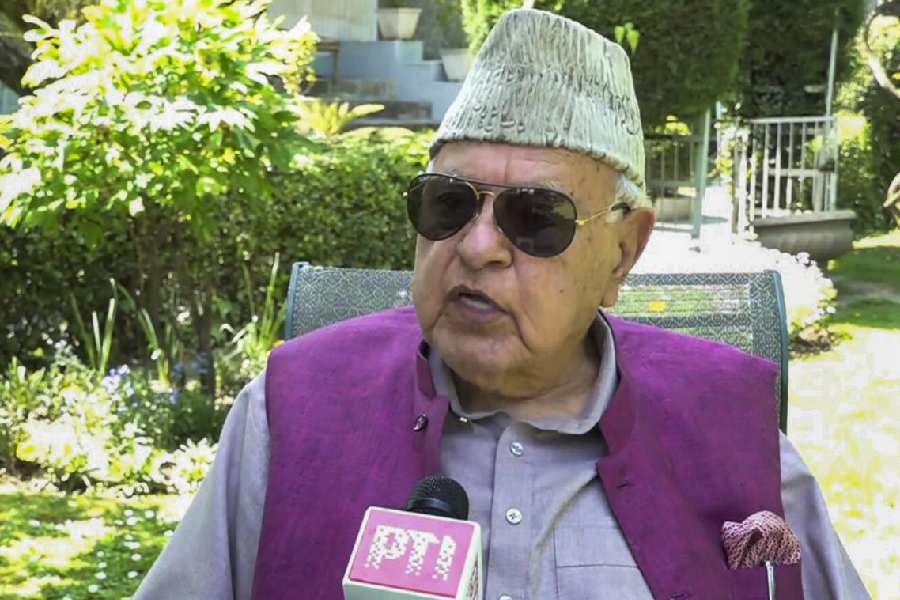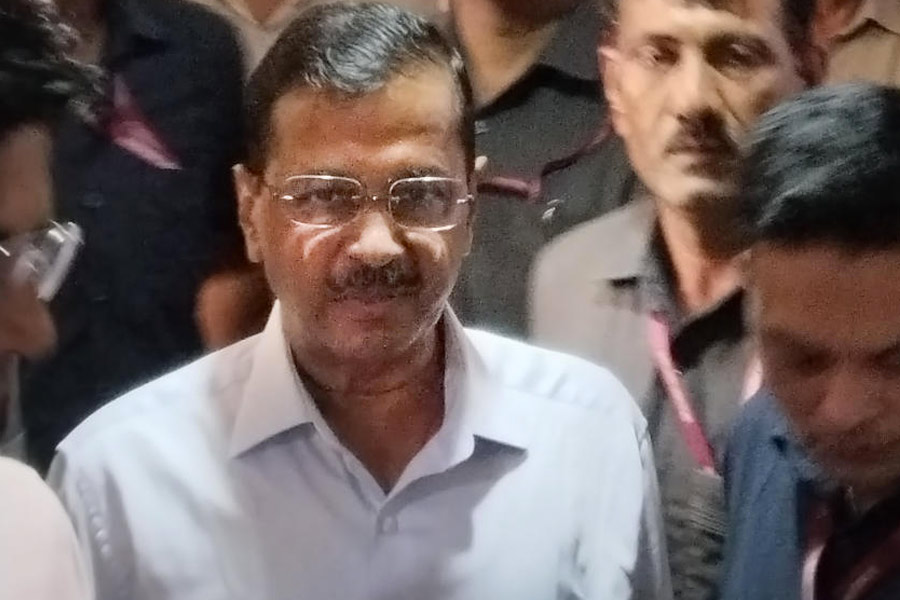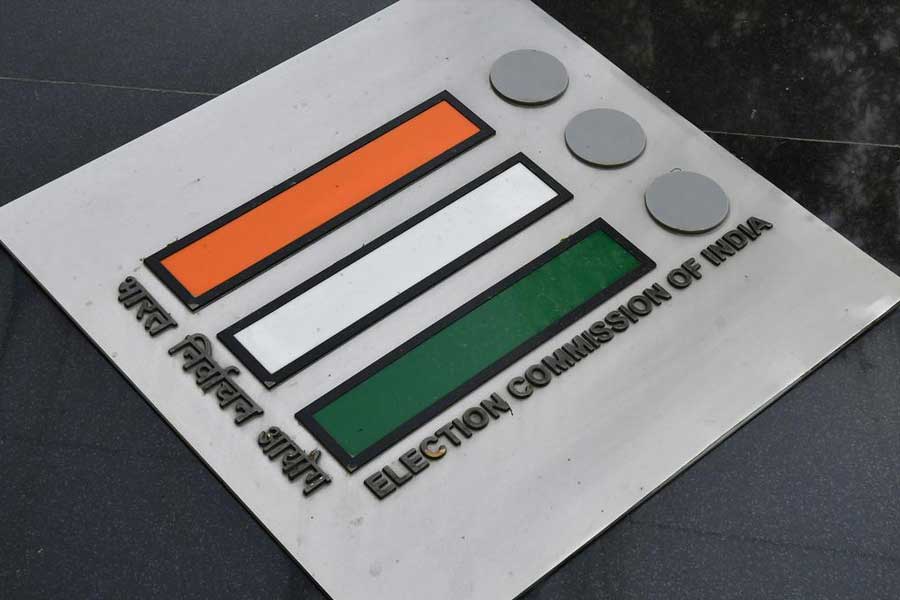A 227-year-old fair started by zamindars is still a top-draw among Behala residents and can rival any top Durga puja in the neighbourhood in terms of footfall.
The Chandi Mela, which was started by the Sabarna Roy Chowdhury family from whom the East India Company had taken the three villages of Kalikata, Gobindapur and Sutanuti, is now a sarbojonin Chandi puja.
The membership of the organising committee is no longer restricted to the family. It has several residents of the area and a few eminent Calcuttans, too.
Items on offer at the fair have changed with time — from wooden dolls that were a top-draw among kids about 50 years ago to mechanised and automated toys that attract children today, an organiser said.
At the same time, some traditions have survived. Tarja-gaan, a folk tradition of Bengal, is performed on the day of immersion and it is still a top draw. Rendition of songs by popular artistes is another tradition that has lived.
The fairground surrounds the temple where the deity — Chandi — is worshipped during the annual Chandi Puja. A strong police contingent stays posted around the temple on the puja days as the goddess is decked out with jewellery.
“The puja and the fair surrounding it gives a feel of crowds on the streets during Durga Puja. So many years have passed, still this fair and the puja have not lost their lure,” Srikumar Roy Chowdhury, who represents the 34th generation of the family, said. Sabarna Roy Chowdhury is not the name of a person but the family is known by that name, he said. “Sabarna is our gotra and Roy Chowdhury is the surname that we use.”
The fair was started by Mahesh Chandra Roy Chowdhury as a form of entertainment for the subjects from whom the zamindar used to collect taxes, he said.
Saptami, Ashtami and Navami, which fell on December 4, 5 and 6 this year, attract people in large numbers. Kousik Roy, who lives in the area and is a member of the organising committee, said cooking on the fairground had been stopped for the past few years.
“We have allotted a space for cooking... vendors carry their items from there to stalls,” Roy said. There have been other changes too. Goat sacrifice, a custom for centuries, was stopped about three decades ago. “Traditions change with modernity,” he said.
About 60 years ago, buffalo sacrifice was stopped. “It was inhuman... a buffalo was taken around Barisha and when it became weak and tired, it was butchered.”
Old-timers spoke of the change in the nature of the stalls and attractions in the fair. A man in his 60s said amusement rides used to be made of wood. Then came jatra, putulnaach and lastly circus, he said. “All of these came and went as people’s choices for entertainment changed. Today, we have merry-go-rounds. Besides, there are stalls that sell Kashmiri goods, a Bangladeshi store selling saris, kitchen items and garments.”
But the changes haven’t affected the turnout. “Maybe the fair hasn’t lost its relevance because of the changes,” Roy Chowdhury said. The puja turned sarbojonin (community event) after the abolition of the zamindari system in the 1950s, he said.










